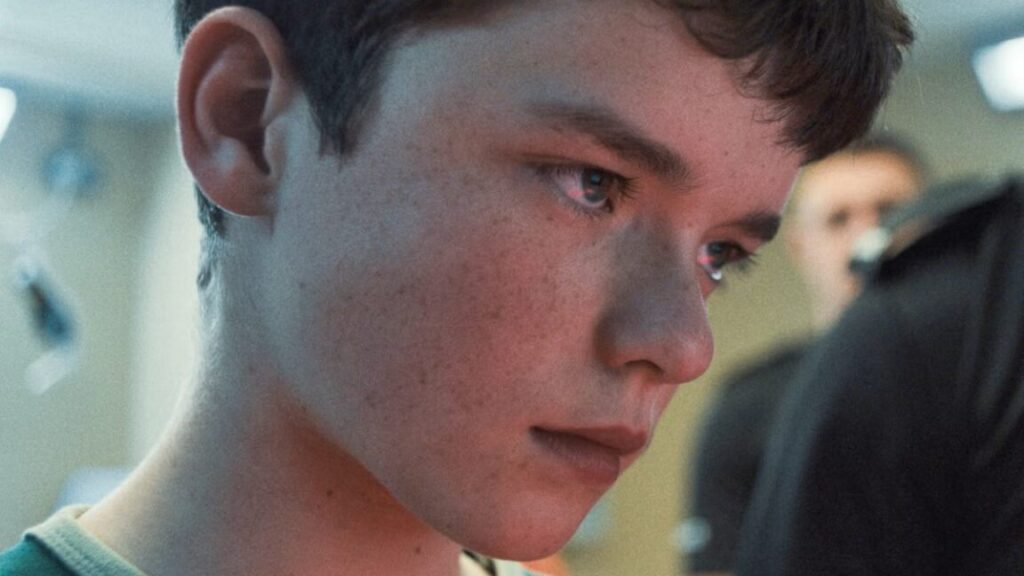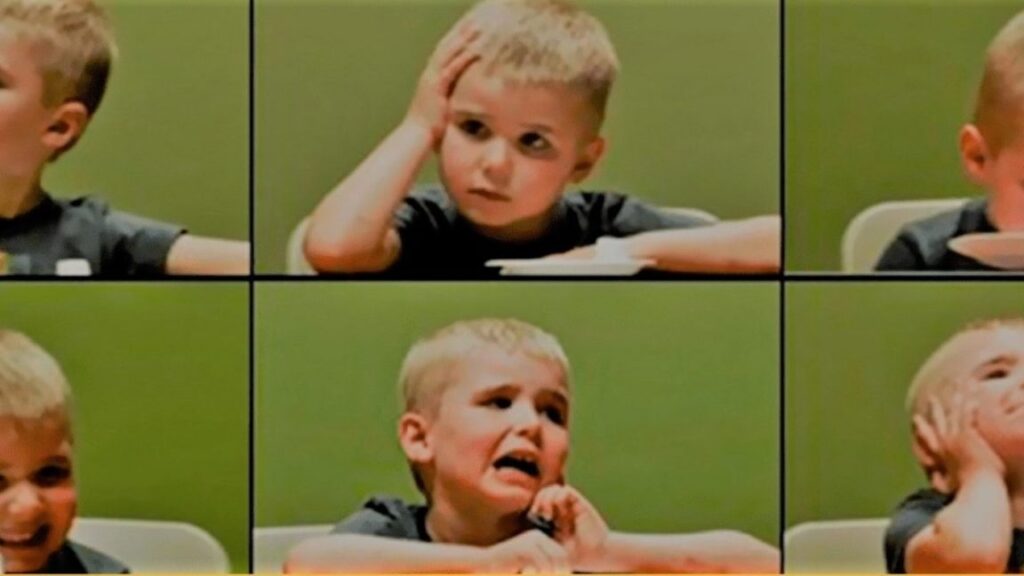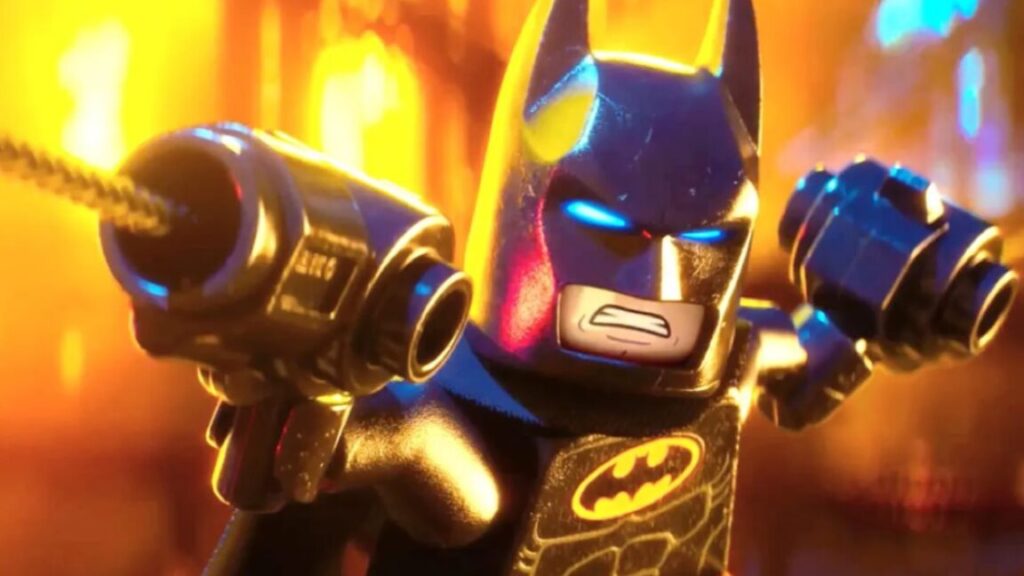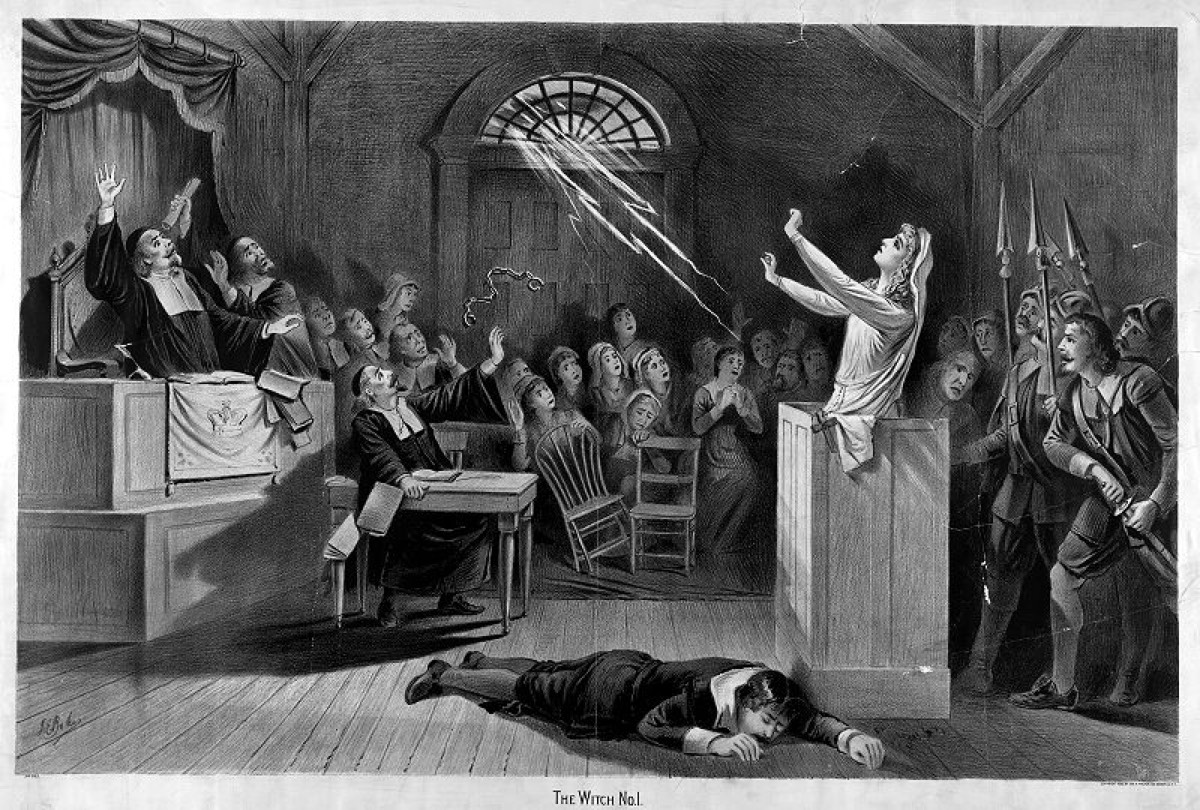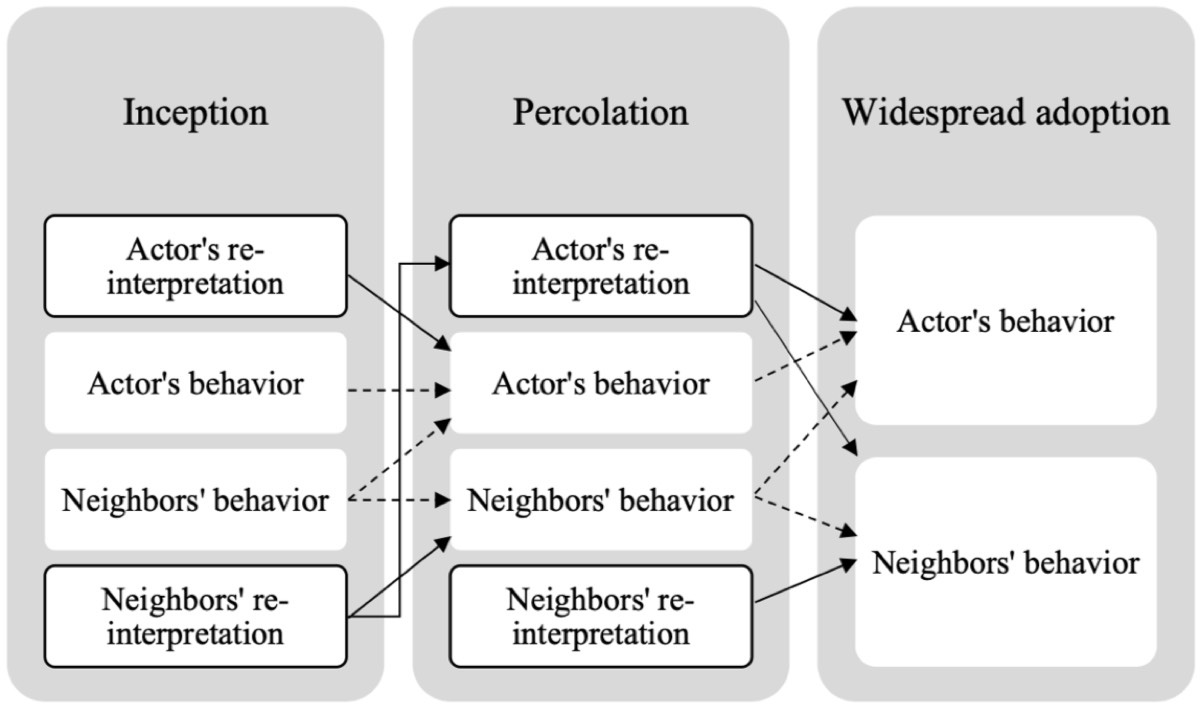Why incels take the “Blackpill”—and why we should care
“Don’t work for Soyciety”
A growing number of incels are NEET (Not in Education, Employment, or Training). That should concern us all.
The Netlix series Adolescence explores the roots of misogynistic subcultures. Credit: Netflix
The online incel (“involuntary celibate”) subculture is mostly known for its extreme rhetoric, primarily against women, sometimes erupting into violence. But a growing number of self-identified incels are using their ideology as an excuse for not working or studying. This could constitute a kind of coping mechanism to make sense of their failures—not just in romantic relationships but also in education and employment, according to a paper published in the journal Gender, Work, & Organization.
Contrary to how it’s often portrayed, the “manosphere,” as it is often called, is not a monolith. Those who embrace the “Redpill” ideology, for example, might insist that women control the “sexual marketplace” and are only interested in ultramasculine “Chads.” They champion self-improvement as a means to make themselves more masculine and successful, and hence (they believe) more attractive to women—or at least better able to manipulate women.
By contrast, the “Blackpilled” incel contingent is generally more nihilistic. These individuals reject the Redpill notion of alpha-male masculinity and the accompanying focus on self-improvement. They believe that dating and social success are entirely determined by one’s looks and/or genetics. Since there is nothing they can do to improve their chances with women or their lot in life, why even bother?
“People have a tendency to lump all these different groups together as the manosphere,” co-author AnnaRose Beckett-Herbert of McGill University told Ars. “One critique I have of the recent Netflix show Adolescence—which was well done overall—is they lump incels in with figures like Andrew Tate, as though it’s all interchangeable. There’s areas of overlap, like extreme misogyny, but there are really important distinctions. We have to be careful to make those distinctions because the kind of intervention or prevention efforts that we might direct towards the Redpill community versus the Blackpill community might be very different.”
Incels constitute a fairly small fraction of the manosphere, but the vast majority of incels appear to embrace the Blackpill ideology, per Beckett-Herbert. That nihilistic attitude can extend to any kind of participation in what incels term “Soyciety”—including educational attainment and employment. When that happens, such individuals are best described by the acronym NEET (Not in Education, Employment, or Training).
“It’s not that we have large swaths of young men that are falling into this rabbit hole,” said Beckett-Herbert. “Their ideology is pretty fringe, but we’re seeing the community grow, and we’re seeing the ideology spread. It used to be contained to romantic relationships and sex. Now we’re seeing this broader disengagement from society as a whole. We should all be concerned about that trend.”
The NEET trend is also tied to the broader cultural discourse on how boys and young men are struggling in contemporary society. While prior studies tended to focus on the misogynistic rhetoric and propensity for violence among incels, “I thought that the unemployment lens was interesting because it’s indicative of larger problems,” said Beckett-Herbert. “It’s important to remember that it’s not zero-sum. We can care about the well-being of women and girls and also acknowledge that young men are struggling, too. Those don’t have to be at odds.”
“Lie down and rot”
Beckett-Herbert and her advisor/co-author, McGill University sociologist Eran Shor, chose the incels.is platform as a data source for their study due to its ease of public access and relatively high traffic, with nearly 20,000 members. The pair used Python code to scrape 100 pages, amounting to around 10,000 discussion threads between October and December 2022. A pilot study revealed 10 keywords that appeared most frequently in those threads: “study,” “school,” “NEET,” “job,” “work,” “money,” “career,” “wage,” “employ,” and “rot.” (“They use the phrase ‘lie down and rot’ a lot,” said Beckett-Herbert.)
This allowed Beckett-Herbert and Shor to narrow their sample down to 516 threads with titles containing those keywords. They randomly selected a subset of 171 discussion threads for further study. That analysis yielded four main themes that dominated the discussion threads: political/ideological arguments about being NEET; boundary policing; perceived discrimination; and bullying and marginalization.
Roughly one-quarter of the total comments consisted of political or ideological arguments promoting being NEET, with most commenters advocating minimizing one’s contributions to society as much as possible. They suggested going on welfare, for instance, to “take back” from society, or declared they should be exempt from paying any taxes, as “compensation for our suffering.” About 25 percent—a vocal minority—pushed back on glorifying the NEET lifestyle and offered concrete suggestions for self-improvement. (“Go outside and try at least,” one user commented.)
Such pushback often led to boundary policing. Those who do pursue jobs or education run the risk of being dubbed “fakecels” and becoming alienated from the rest of the incel community. (“Don’t work for a society that hates you,” one user commented.) “There’s a lot of social psychological research on groupthink and group polarization that is relevant here,” said Beckett-Herbert. “A lot of these young men may not have friends in their real life. This community is often their one source of social connection. So the incel ideology becomes core to their identity: ‘I’m part of this community, and we don’t work. We are subhumans.'”
There were also frequent laments about being discriminated against for not being attractive (“lookism”), both romantically and professionally, as well as deep resentment of women’s increased presence in the workplace, deemed a threat to men’s own success. “They love to cherry-pick all these findings from psychology research [to support their position],” said Beckett-Herbert. For instance, “There is evidence that men who are short or not conventionally attractive are discriminated against in hiring. But there’s also a lot of evidence suggesting that this actually affects women more. Women who are overweight face a greater bias against them in hiring than men do, for example.”
Beckett-Herbert and Shor also found that about 15 percent of the comments in their sample concerned users’ experiences being harassed or bullied (usually by other men), their mental health challenges (anxiety, depression), and feeling estranged or ostracized at school or work—experiences that cemented their reluctance to work or engage in education or vocational training.
Many of these users also mentioned being autistic, in keeping with prior research showing a relatively high share of people with autism in incel communities. The authors were careful to clarify, however, that most people with autism “are not violent or hateful, nor do they identify as incels or hold explicitly misogynistic views,” they wrote. “Rather, autism, when combined with other mental health issues such as depression, anxiety, and hopelessness, may make young men more vulnerable to incel ideologies.”
There are always caveats. In this case, the study was limited to a single incel forum, which might not be broadly representative of similar discussions on other platforms. And there could be a bit of selection bias at play. Not every incel member may actively participate in discussion threads (lurkers) and non-NEET incels might be less likely to do so either because they have less free time or don’t wish to be dismissed as “fakecels.”However, Beckett-Herbert and Shor note that their findings are consistent with previous studies that suggest there are a disproportionately large number of NEETs within the incel community.
A pound of prevention
Is effective intervention even possible for members of the incel community, given their online echo chamber? Beckett-Herbert acknowledges that it is very difficult to break through to such people. “De-radicalization is a noble, worthy line of research,” she said. “But the existing evidence from that field of study suggests that prevention is easier and more effective than trying to pull these people out once they’re already in.” Potential strategies might include fostering better digital and media literacy, i.e., teaching kids to be cognizant of the content they’re consuming online. Exposure time is another key issue.
“A lot of these young people don’t have healthy outlets that are not in the digital world,” said Beckett-Herbert “They come home from school and spend hours and hours online. They’re lonely and isolated from real-world communities and structures. Some of these harmful ideologies might be downstream of these larger root causes. How can we help boys do better in school, feel better prepared for the labor market? How can we help them make more friends? How can we get them involved in real-world activities that will diminish their time spent online? I think that that can go a long way. Just condemning them or banning their spaces—that’s not a good long-term solution.”
While there are multiple well-publicized instances of self-identified incels committing violent acts—most notably Elliot Rodger, who killed six people in 2014—Beckett-Herbert emphasizes not losing sight of incels’ fundamental humanity. “We focus a lot on the misogyny, the potential for violence against women, and that is so important,” she said. “You will not hear me saying we should not focus on that. But we also should note that statistically, an incel is much more likely to commit suicide or be violent towards themselves than they are toward someone else. You can both condemn their ideology and find it abhorrent and also remember that we need to have empathy for these people.”
Many people—women especially—might find that a tall order, and Beckett-Herbert understands that reluctance. “I do understand people’s hesitancy to empathize with them, because it feels like you’re giving credence to their rhetoric,” she said. “But at the end of the day, they are human, and a lot of them are really struggling, marginalized people coming from pretty sad backgrounds. When you peruse their online world, it’s the most horrifying, angering misogyny right next to some of the saddest mental health, suicidal, low self-esteem stuff you’ve ever seen. I think humanizing them and having empathy is going to be foundational to any intervention efforts to reintegrate them. But it’s something I wrestle with a lot.”
Jennifer is a senior writer at Ars Technica with a particular focus on where science meets culture, covering everything from physics and related interdisciplinary topics to her favorite films and TV series. Jennifer lives in Baltimore with her spouse, physicist Sean M. Carroll, and their two cats, Ariel and Caliban.
Why incels take the “Blackpill”—and why we should care Read More »
